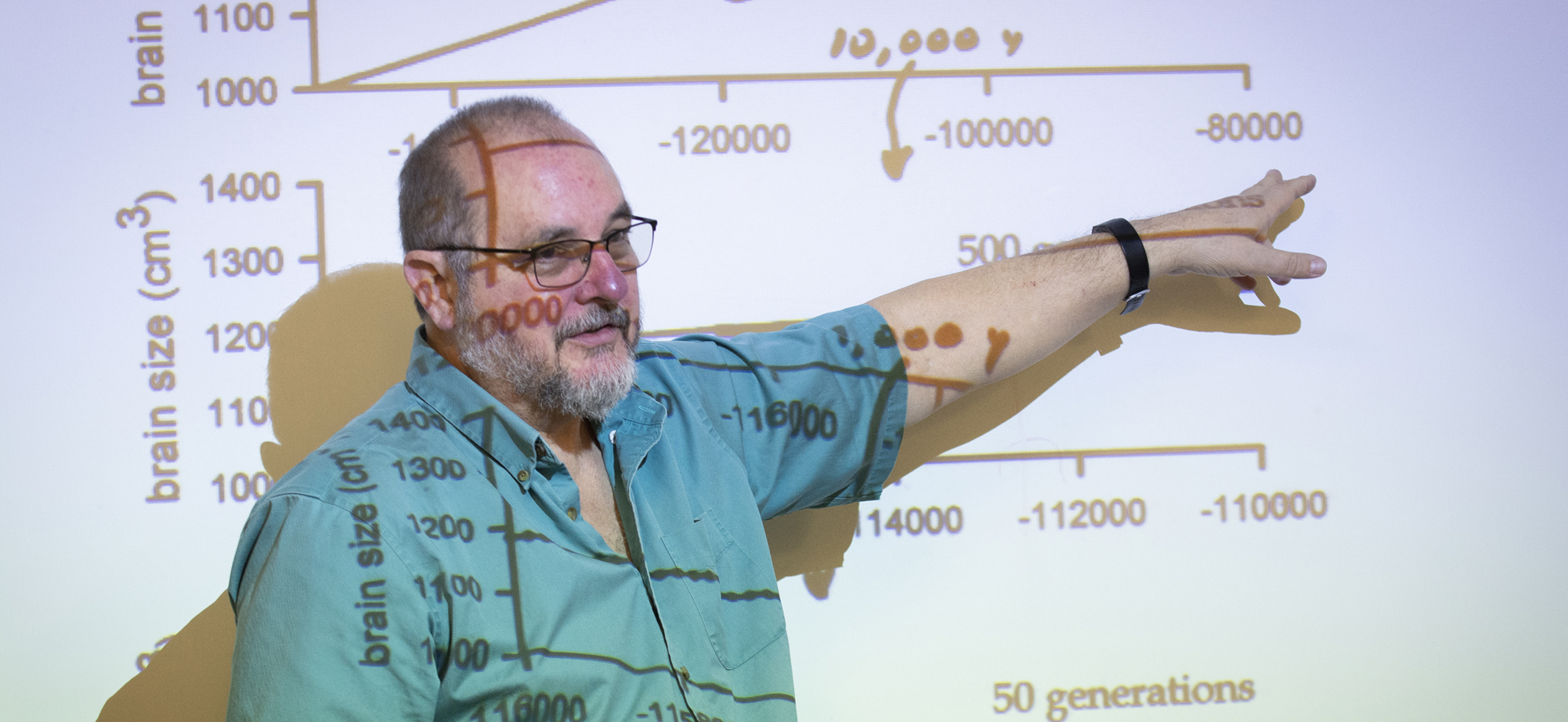Maggie Wright
Effects of Developmental and Longitudinal Exposure to PCB 1254 on the Vestibular Systems of Mice. 2008. Wright, M., T. Provost, and A. Pack.
PCBs (polychlorinated biphenyls) have been known environmental toxins for many decades since their production ceased in the 1970's while many of the specific deficiencies they cause are still under investigation. Exposure to PCBs during early development is particularly harmful to the developing fetus because of the increased concentration of these lipophilic substances in a pregnant and lactating female's breast milk and placenta. While the mother may be injesting relatively small concentrations of PCBs, her offspring are exposed to much higher concentrations during vital developmental periods.
In a previous study by Crofton et al (2000) the cochlea of exposed mice were found to have hair cell deficiencies on the sensory epithelium after developmental exposure to a specific congener of PCBs, Aroclor 1254. Cochlear and vestibular epithelium are in very close physical proximity and structure to eachother, opening up the potential for vesibular epithelium to be affected similarly as cochlear epithelium was by PCBs. If vestibular hair cell counts of exposed mice were decreased in number compared to control mice it follows that balance would be impaired as hearing was found to be after decreased counts of cochlear hair cells in exposed mice compared to control mice.
In testing the hypothesis of decreased numbers of vestibular sensory cells and impaired balance after developmental exposure to PCBs, female mice were bred and put under three different levels of PCB treatment during their gestation until their pups were PND 29. The three treatment groups were 0 ppm PCB (control), 1.25 ppm, and 12.5 ppm. On PND 28 the pups completed a balance beam walking test after three subsequent days of training to assess their vestibular function. Four pups were volunteered for histological analysis on PND 29 while the remaining four were divided into two additional treatment groups to be maintained until six months of age. The four remaining from the control group maintained a 0 ppm PCB diet. Two pups from the 1.25 ppm group maintained their original PCB exposure treatment while the remaining two were transferred to a control diet of 0 ppm PCB. Likewise, two pups from the 12.5 ppm group maintained their original PCB exposure treatment while the remaining two were transferred to a control diet of 0 ppm PCB. This treatment variation is to measure longitudinal exposure effects after developmental exposure and with maintained life-long exposure.
Histological analysis and hair cell counts are compared with beam walking performance to determine if vestibular functioning is affected by developmental and longitudinal PCB exposure.

